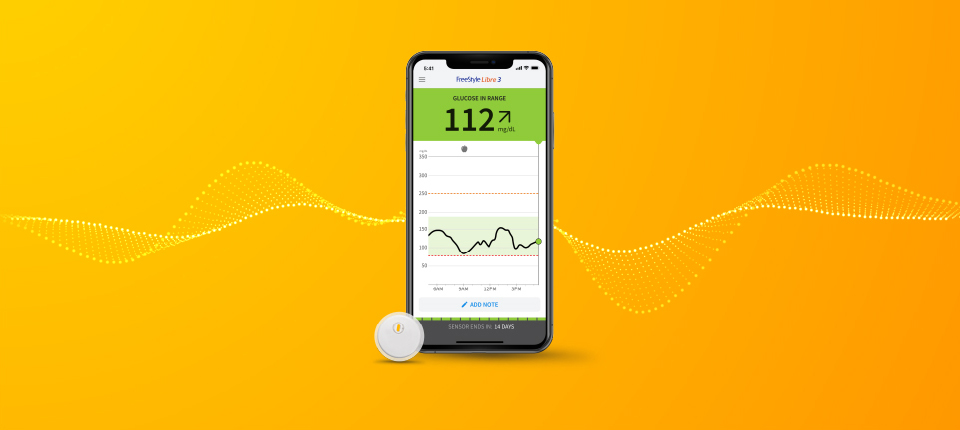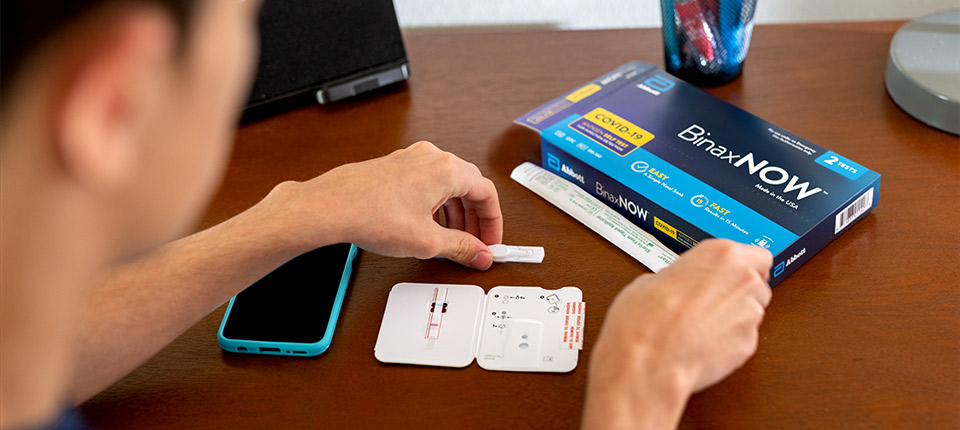The confluence of an increasing number of chronic pain cases and the alarming rise in opioid abuse has brought a new focus on non-drug treatment approaches for chronic pain, and Abbott has taken the lead in developing life-changing technologies that let patients manage their own treatments.
A key part of Abbott's fast-growing neuromodulation business, the company's products aim to relieve pain and enable patients to live their best lives. The portfolio offers devices to address a problem that affects as many as 1.5 billion people worldwide – more than heart disease, cancer and diabetes combined.
The U.S. neuromodulation market continues to expand rapidly, in part because of renewed interest in non-drug treatment alternatives. Market Research Engine estimates an 11 percent annual growth rate for the sector – reaching $11 billion annually in the U.S. by 2022 – and Abbott’s most recent acquisitions in the space give its portfolio a powerful position.
Abbott's leadership in addressing chronic pain centers on its industry-leading innovation around Dorsal Root Ganglion (DRG) stimulation. This neurostimulation therapy is specifically designed to target the dorsal root ganglia, and has been clinically proven to provide superior pain relief over traditional tonic spinal cord stimulation (SCS), according to a 2017 study published in Pain.
For Tony Lawless, the technology has turned his life around. The 58-year-old from Maine went from barely being able to get out of bed to living his dream of backcountry skiing once he began Abbott's DRG treatment in December 2015 to treat his chronic leg pain.
"It's completely changed how I move and I'm able to move through life," Lawless says. DRG therapy has reduced the nerve pain enough that he doesn't need to be on any nerve-pain medications. "I'm 58 and I want to ski till I'm 90."
Abbott's Proclaim DRG system has been shown in more than a dozen clinical studies to provide superior pain relief to patients with neuropathic conditions currently underserved by other forms of chronic pain therapy, including chronic pain following hernia repair, total joint replacements or amputation. By blocking or disrupting pain signals transmitted via the DRG, the therapy often helps people living chronic pain, often described as people experiencing pain every day for six months or longer than would generally be expected for recovery to a specific disease, injury or surgery.
The DRG is the body's center for addressing chronic pain, containing cell bodies of primary sensory neurons that undergo pathophysiologic changes with chronic pain. The DRG's structure along the spinal column is densely populated with nerves that transmit sensory information to the central nervous system, making it an ideal target for treating chronic pain.
DRG stimulation offers hopeful treatment for a broad group of people experiencing Complex Regional Pain Syndrome (CRPS), or nerve damage caused by an injury. Research has found that 40-50 percent of people who have CRPS achieve pain relief from spinal cord stimulation.
DRG therapy systems involve electrical leads inserted into the body that are then attached to a battery implanted inside the body. Abbott's Proclaim platform provides a unique interface that puts patients in charge of how much stimulation they're getting. Using Bluetooth wireless technology and Apple iOS software on an Apple device such as an iPod Touch, Proclaim system users can adjust the treatment in real time to respond to rising or decreasing levels of discomfort.
People are able to try the DRG treatment with a non-invasive weeklong temporary evaluation that doesn’t require an implant procedure. The Proclaim DRG system is also magnetic resonance labeled for the head and neck, and its battery system doesn’t need recharging, meaning patients don’t need to stop their daily routine to charge a battery as with other systems.
Recent developments in the insurance area reflect the treatment’s growing acceptance. Health insurer Aetna recently announced coverage of Abbott’s DRG treatments for its 22 million U.S. members.
"While Medicare already covers our DRG system, it’s encouraging to see private payers like Aetna review the clinical data and outcomes, then choose to provide access to DRG stimulation for their members," said Keith Boettiger, vice president of Abbott’s neuromodulation business, in Abbott's news release on Aetna's coverage decision. "These decisions build on the momentum of broader national coverage decisions by private insurers and support the FDA’s goals to find new ways to combat the opioid epidemic with alternatives such as Abbott’s neurostimulation therapies."
Abbott's Proclaim series also includes SCS with proprietary BurstDR stimulation waveform, a superior therapy compared to tonic stimulation for overall pain. The treatment is designed to more closely mimic natural firing patterns in the brain to effectively modulate both the sensory and emotional pathways that pain creates. Only Abbott offers this combination of technologies for pain sufferers.
The game-changing technologies around treating chronic pain are among the many factors driving Abbott's neuromodulation business and the Proclaim lineup as medical professionals, payers and patients learn more about DRG stimulation's benefits.






FOLLOW ABBOTT